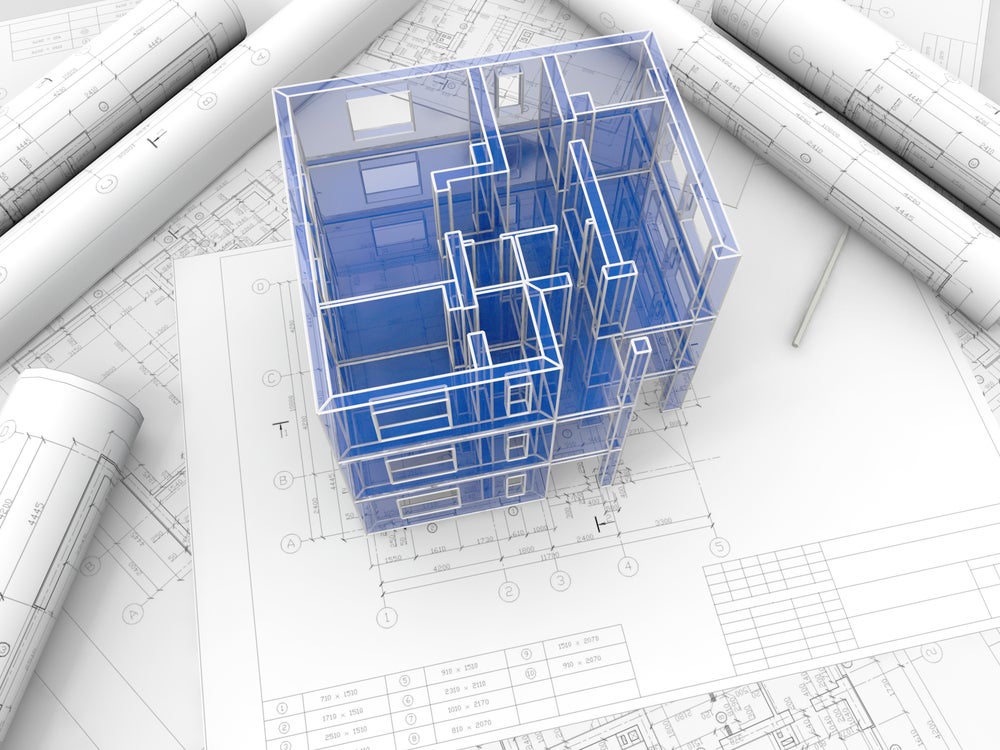When it comes to the construction of a building, people often think about large cranes, loud machinery, and plenty of scaffolding, but 3D printing is seldom considered.
However, could this view change as we progress into the future? 3D printing refers to the process of joining materials to make objects from three-dimensional model data, usually layer upon layer. Essentially, you can print objects without going through the tedious process of building them from scratch yourself.
Common uses for 3D printing include small production runs, where customised products and short development cycles are normal. Some examples of this include small-sized consumer products, such as eyewear or footwear. Another example would be industrial prototypes and functioning end-use parts.
However, this traditional approach is evolving, with 3D technology’s ambitions and capabilities now much greater. But what about 3D printing an entire building?
Printing a hotel
El Cosmico, a hotel and campground, and ICON, a 3D printing supplier, recently announced that they have begun a project that involves 3D-printing a hotel, with further plans to print housing units.
This ambitious approach to 3D printing is uncharted territory, and to achieve it, large-scale 3D printing will be implemented to facilitate the creation of domes, arches, vaults, and parabolic forms. With this new approach comes a bundle of positive outcomes for society. But are these outcomes solely beneficial?

US Tariffs are shifting - will you react or anticipate?
Don’t let policy changes catch you off guard. Stay proactive with real-time data and expert analysis.
By GlobalDataThe standout benefits of large-scale 3D construction
An immediate benefit to large-scale 3D construction is an improvement in environmental sustainability. For example, the use of this technology would result in a reduced carbon footprint compared to traditional construction approaches.
This would be achieved by minimising material wastage, alongside more energy-efficient processes. Cost-efficiency is another benefit, due to automation reducing the need for extensive manual labour. Costs are also reduced by more economical materials being employed, such as recycled plastics or sand-based composites.
Unique designs
A unique benefit would be the architectural structures and designs that can only be achieved by 3D printing. Innovative and complex structures can be created with a level of precision and accuracy that is impossible to replicate with traditional methods. This could pave the way for improved structural integrity for large buildings in the future.
Potential 3D printing pitfalls
Although it may aid environmental sustainability, the production of the specialised material required by the printer may offset any potential environmental benefits. Also, depending on the size of the desired outcome, a significant amount of energy will still be required for the technology to work.
Unavoidably, by minimising costs through automation, many construction workers will experience a shortage of jobs, leading to a possible long-term macroeconomic issue, with unemployment levels rising. Safety concerns are also vital. For example, can printed structures remain structurally reliable in the long run? Will they be able to withstand harsh weather environments?
A breakthrough in other industries
3D printing has also been implemented across numerous other industries, including healthcare. Current use cases involve the creation of customised medical devices, including prosthetics, implants, and surgical instruments. A growing focus on innovative bioprinting represents another ambitious approach. Bioprinting is a branch of 3D printing dedicated to the creation of living, organic cells by ‘printing’ them one layer at a time. This type of printing offers a new path to the future, with the likelihood of printed organs becoming a reality by 2035. If this comes into effect, issues such as a lack of organ donors and biological rejection could be solved.
The aerospace industry also implements 3D printing to push the progress and productivity of its operations. ICON has a contract with NASA called Project Olympus, which aims to utilise 3D printing technology on the moon. Thanks to automation, building structures in harsh environments—like the moon’s surface—becomes more viable and convenient. Structures can be built using local lunar regolith (moon dust). These constructs will be integral to the exploration of the moon and other off-world projects. Before 3D printing, feats like this would be nearly impossible to achieve.
The future of 3D printing
As 3D printing technology evolves, it will be deployed across different industries thanks to the many benefits it offers. However, legislation and regulation must be implemented to ensure safe practice.
Innovative solutions will be created, but potential problems may arise. The question we must ask is whether the benefits and innovative solutions truly outweigh the possible issues, such as environmental concerns.









